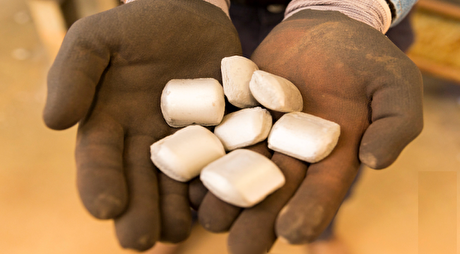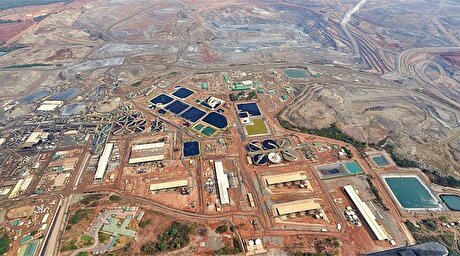
Likely EU carbon border tax may skew market: Worldsteel
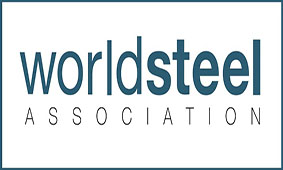
While Basson acknowledges carbon will acquire a cost, and already has a cost in parts of the world, he does not believe politicians and participants have sufficient understanding to ensure these costs do not lead to a "vastly unstable or uneven operating field" between producers in different localities. It is not impossible that a border adjustment could be misused or misdirected, and take on a similar feature to other tariffs, he said.
Many of Worldsteel's members, including the largest global steelmaker, ArcelorMittal, are lobbying for the imposition of a carbon border tax in Europe. They argue that EU mills are paying a cost for carbon, via the bloc's emissions trading system, not borne by producers in other regions. Where those producers have duty-free access to the EU market, they have an unfair advantage, the argument goes.
"For an industry like steel that is already very open and competitive, sourcing the same raw material from the same places at the same prices, it is these artificial adjustments that skew the playing field," Basson said.
Steel is the closest industry to a market competitive model that would be studied in economics 101, according to Basson: more efficient technology will drive out less efficient, and regulation merely interferes with the timescale, not the outcome.
Longer-term vision
Basson said US Steel's acquisition of a 49.9pc stake in Big River Steel indicates the US industry is beginning to form a longer-term vision and contemplating how to re-adjust its asset base to optimise steelmaking.
The deal provides US Steel the option to contemplate its asset base, what it wants to run and close, and gives Big River Steel access to other markets and insights from an established player.
In a developed economy, such as the US and EU, where scrap is readily available and energy sources stable, pivoting from a blast furnace (BF)/basic oxygen furnace to electric arc furnace (EAF)-based production is logical, Basson said. The question of whether EAFs can provide sufficiently clean steel for high-end applications has been answered by the direct reduced iron initiative, which the US has embraced: scrap can contain impurities that are recycled into finished steel, rendering it inefficient for certain applications.
The move from blast furnace to EAF is also logical as the latter is less technologically complex. It can be closed and flexed down required, and offers more control over the entire process. An EAF is also cheaper than a BF and less resource-intensive, Basson said. BF-based production emits more carbon through intensive sintering, coking and burning of coke.
China is also reaching a steady state in which it will transition towards EAF, Basson said. There have long been questions about whether China would be able to utilise its reservoir of scrap or whether it would become a large exporter.
Basson admitted that China's massive upward revision in Worldsteel's short-range outlook was a surprise. He was disconcerted by the fact that Chinese steel consumption is likely to rise by 9pc, saying the association did not see it coming. Two years ago, when a similar phenomenon occurred, Worldsteel pointed to the closure of illegal induction furnace capacity and the demand shifting into China's formally reported sector. There is no known similar event to point to this time, however.
Construction in China has been stronger than expected, while the introduction of new specifications of material, such as bigger rebar, has affected the statistics.

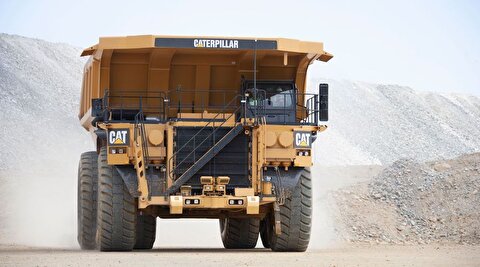
Caterpillar sees US tariff hit of up to $1.5 billion this year
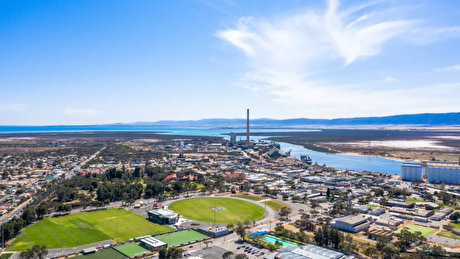
Australia pledges $87M to rescue Trafigura’s Nyrstar smelters in critical minerals push
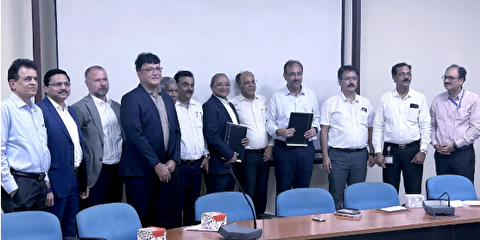
SAIL Bhilai Steel relies on Danieli proprietary technology to expand plate mill portfolio to higher steel grades
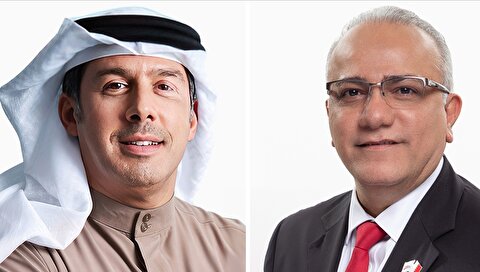
Alba Discloses its Financial Results for the Second Quarter and H1 of 2025
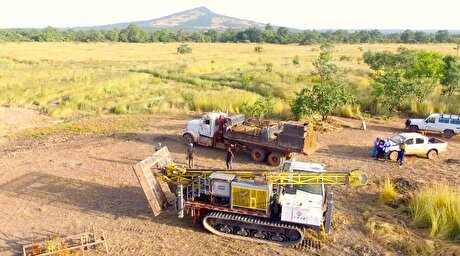
Fortuna rises on improved resource estimate for Senegal gold project
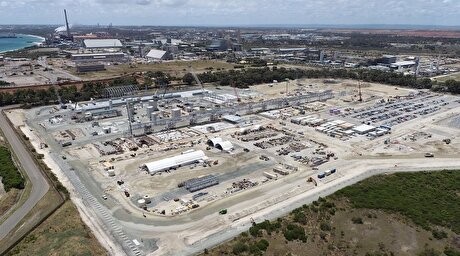
Tianqi Lithium Australia JV says it is prioritizing long-term viability of refinery
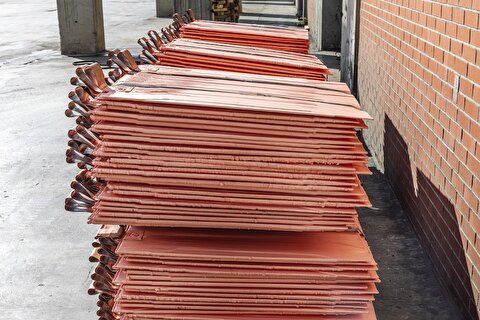
Copper price slips as unwinding of tariff trade boosts LME stockpiles
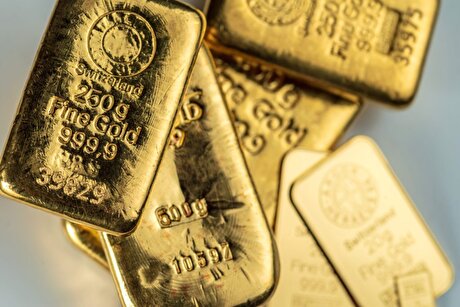
US slaps tariffs on 1-kg, 100-oz gold bars: Financial Times
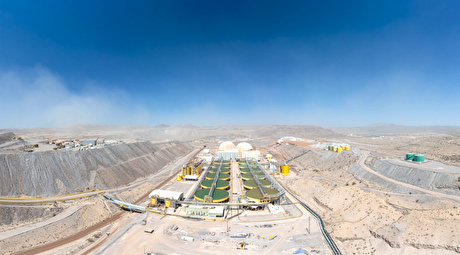
Fresnillo lifts gold forecast on strong first-half surge

De Beers strikes first kimberlite field in 30 years
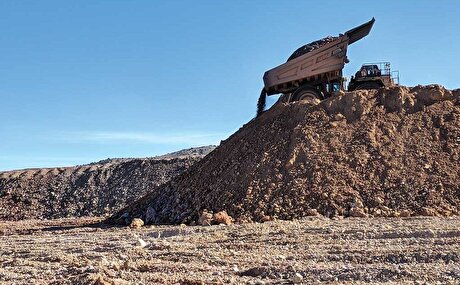
Minera Alamos buys Equinox’s Nevada assets for $115M
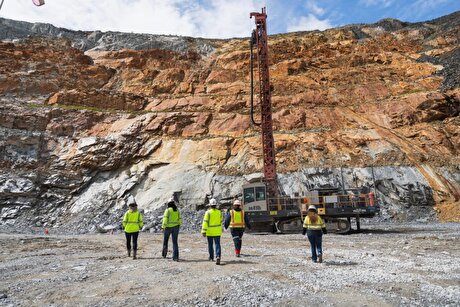
OceanaGold hits new high on strong Q2 results

What’s next for the USGS critical mineral list
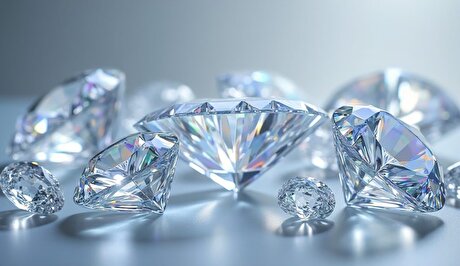
South Africa looks to join international diamond marketing push
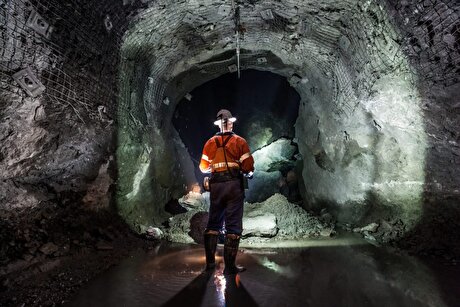
Copper price gains on Chinese demand, Chilean supply risks
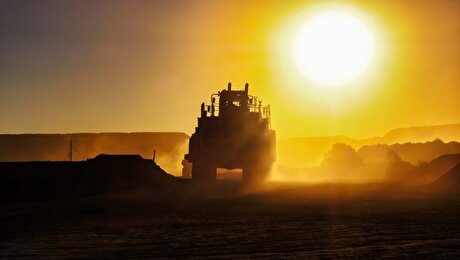
Gold exploration spend trending down despite higher prices – S&P Global

A global market based on gold bars shudders on tariff threat
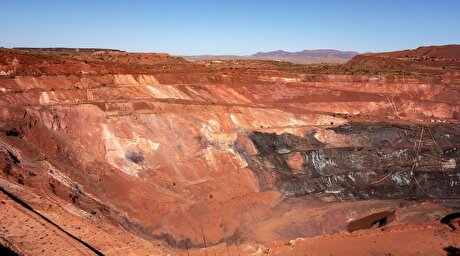
New research reveals source of world’s richest lithium deposits
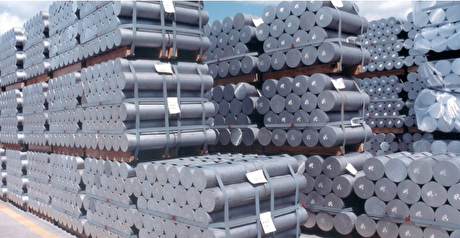
Century Aluminum to invest $50M in Mt. Holly smelter restart in South Carolina

De Beers strikes first kimberlite field in 30 years

Minera Alamos buys Equinox’s Nevada assets for $115M

OceanaGold hits new high on strong Q2 results

South Africa looks to join international diamond marketing push

Copper price gains on Chinese demand, Chilean supply risks

Gold exploration spend trending down despite higher prices – S&P Global

A global market based on gold bars shudders on tariff threat

Century Aluminum to invest $50M in Mt. Holly smelter restart in South Carolina
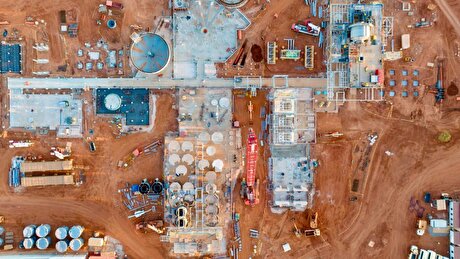
Australia to invest $33 million to boost Liontown’s Kathleen lithium operations
